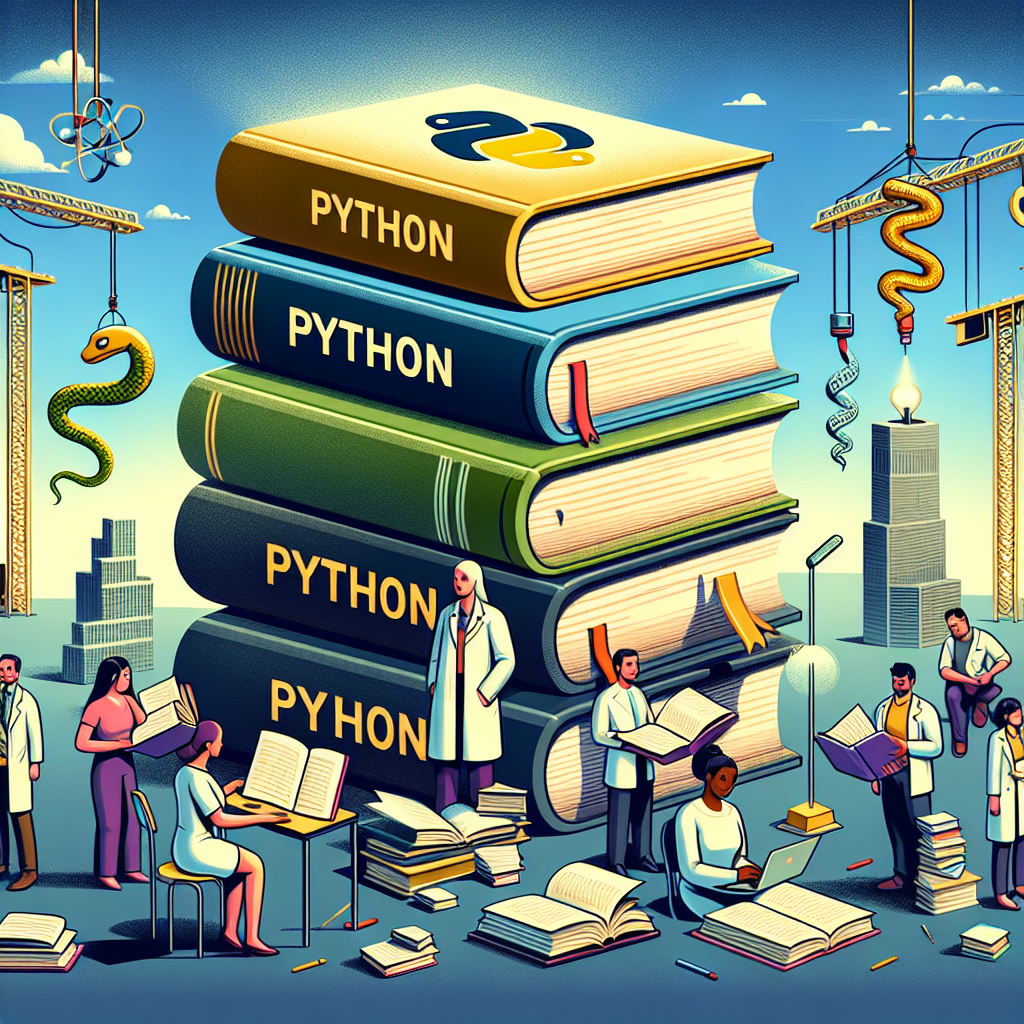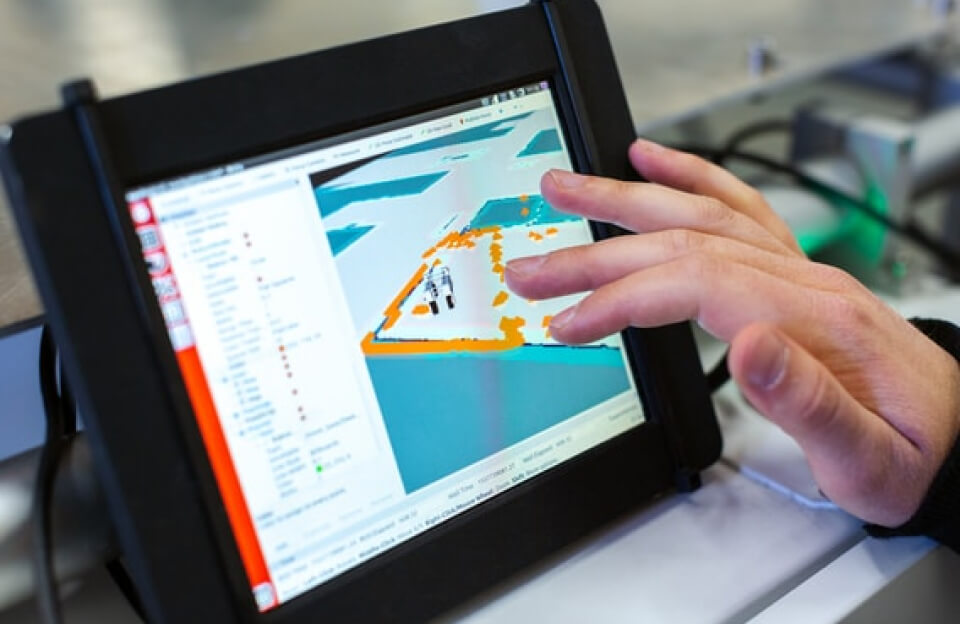In the fast-paced world of data analysis and software development, Python has emerged as a powerful tool revolutionizing the way we process and analyze data. With its simplicity, versatility, and powerful libraries, Python has become the go-to programming language for professionals in various industries. In this article, we will explore how Python is unleashing the power of data analysis with advanced applications, and how it is shaping the future of technology.
**Introduction: Unleashing the Power of Python**
As businesses and organizations strive to make sense of the massive amounts of data generated daily, the need for efficient and effective data analysis tools has never been greater. Python, with its user-friendly syntax and extensive library support, has quickly become the language of choice for data analysts and developers alike. Its flexibility allows for a wide range of applications, from web development to machine learning, making it a versatile and valuable tool in the tech world.
**The Rise of Python in Data Analysis**
Python’s popularity in the field of data analysis has been steadily growing in recent years. According to a survey conducted by Stack Overflow, Python was named the second most popular programming language among data scientists in 2020, surpassing both R and SQL. This trend can be attributed to Python’s ease of use, extensive library support (such as Pandas, NumPy, and Matplotlib), and its vast community of developers who contribute to its growth and development.

**Advanced Applications of Python in Data Analysis**
Python’s versatility allows for a wide range of advanced applications in data analysis. One such application is machine learning, where Python’s libraries like TensorFlow and Scikit-learn are used to build and train predictive models. These models can analyze and interpret complex data sets, providing valuable insights for businesses looking to make data-driven decisions.
Another advanced application of Python is natural language processing (NLP), where Python’s libraries like NLTK and SpaCy are used to analyze and extract information from textual data. This is particularly useful in industries like marketing and customer service, where understanding and responding to customer feedback is crucial for success.
**The Future of Python in Data Analysis**
As technology continues to evolve, the role of Python in data analysis is only expected to grow. With the rise of big data and the increasing demand for data-driven insights, Python’s flexibility and power make it an indispensable tool for professionals in various industries. In the near future, we can expect to see more advanced applications of Python in areas like artificial intelligence, IoT, and data visualization, further solidifying its position as a key player in the world of data analysis.
In conclusion, Python’s ability to unleash the power of data analysis with advanced applications is changing the way we approach and analyze data. Its versatility, ease of use, and extensive library support make it a valuable tool for professionals looking to gain insights from complex data sets. As technology continues to evolve, Python’s role in data analysis will only become more prominent, shaping the future of technology in exciting and innovative ways.


